I just returned home from a weeklong PolarTREC workshop in Monterey, California. We worked with scientists, engineers and other teachers to create Remote-Operated Vehicles (ROVs). The setting was absolutely wonderful at MBARI (Monterey Bay Aquarium Research Institute). Our workroom overlooked the ocean and afforded us time to enjoy the sea otters, harbor seals, sea lions, shearwater birds, and even whales in the water below us. It also gave me a chance to reacquaint myself with something I haven’t needed all summer, a jacket.

AUVs versus ROVs
AUVs (Autonomous Underwater Vehicles) are pre-programmed to go out and perform a desired task and return to the launch site. ROVs on the other hand, are controlled from the point of launch. Controls can vary, but many of them use dual joysticks, much like video games. The best ROV pilots are often people that grew up playing video games. We were creating ROVs in our workshop with PVC pipe, motors, wiring, and a control box. Our ROV was designed to pick up 55-gallon drums of toxic waste in the bottom of the ocean. We ran out of time to create an electromagnet, but substituted a regular magnet for our capture mechanism. Our simulated 55-gallon drum was a soup can.
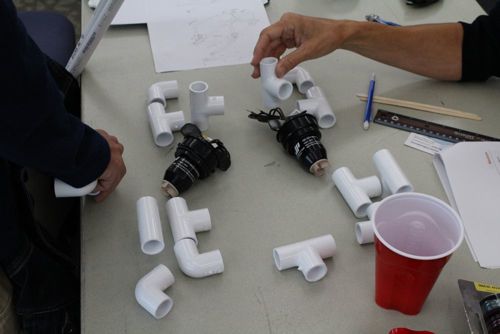
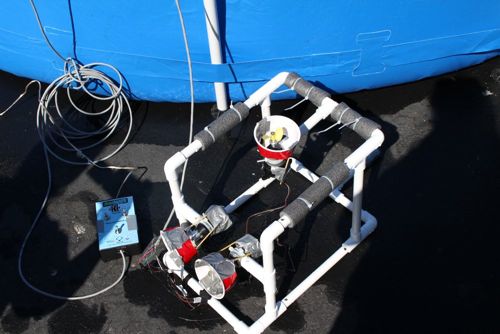
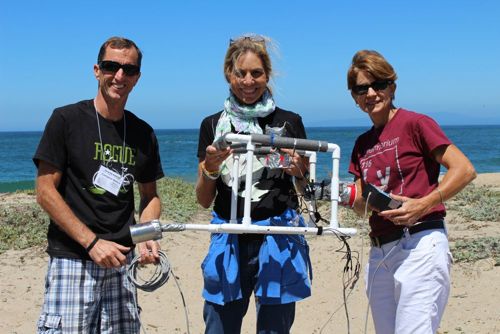
SCINI
Submersible Capable of under Ice Navigation and Imaging is the full title of this wonderful ROV. Dr. Stacy Kim and her team of engineers and other scientists introduced us to their world of Antarctic science done under the ice with an ROV. SCINI is used to explore the benthic ecology (life at the bottom of the ocean) in Antarctica. An ROV is necessary to explore at depths of 40m and greater. Divers can only go to 40m and stay there for 5 minutes. The time required for them to go through decompression after a 40m dive can lead to hypothermia quickly in the -2°C water.
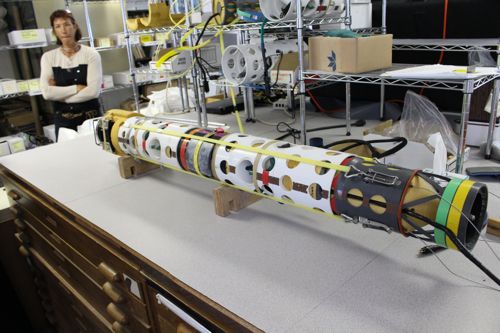
As teachers and students begin the engineering design process, they need to define criteria and constraints of each design.
SCINI’s Design Criteria
- Swim - maneuverable under water
- Eyes - a good camera
- Protection - withstand pressures in deep water
SCINI's Design Constraints
- Lighting - LEDs for operating in dark water
- Navigation - Compasses don't work close to pole
- Size - Fit through a 6" hole in ice
- Rugged - Harsh conditions in Antarctica
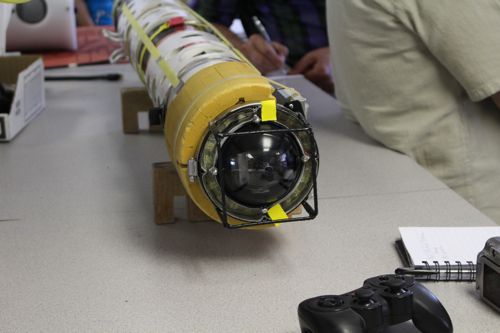
SCINI's Eye
FATTI
SCINI has recently begun towing FATTI (Fluorometer and Acoustic Transducer Towable Instrument). FATTI has sonar for finding schools of fish and krill. The fluorometer uses UV light to find phytoplankton in the water. This instrumentation provides more information for the scientists studying the Antarctic food web.
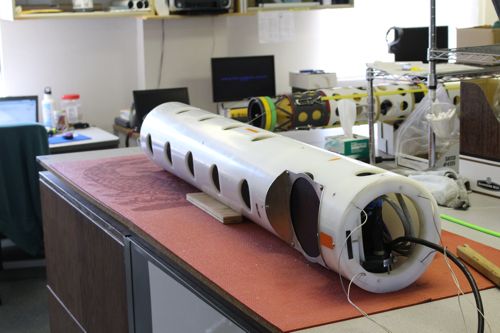


Comments